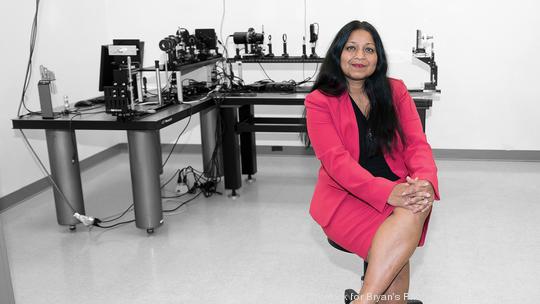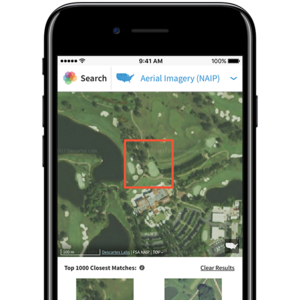
Partnerships with two of Albuquerque's most prominent government organizations led to a new manufacturing initiative following the development of specialized optics technology.
The company commercializing the technology, Advanced Optical Technologies, was founded in 2004 for primarily Department of Defense work. It remained on base for its first 12 years, and then moved to the Sandia Science & Technology Park. Advanced Optical offers optics products for applications in areas including aerospace and defense.
On its journey, the company received different types of assistance from the federal government. In February 2017, the U.S. Air Force announced that its Research Laboratory Directed Energy Directorate signed what is called a Cooperative Research and Development Agreement with Advanced Optical. The agreement allowed the company to use advanced Air Force instrumentation at the company's facility at the SS&TP.
The CRADA concerned tech that "had taken 10-12 years to build," according to CEO Malini Hoover. The company has a term of five years with options to renew up to 20 years, according to the Air Force.
Last year, a separate government entity with authority in the science community gave Advanced Optical another boost, this time in terms of research and verification. In May, Sandia National Laboratories announced that it proved that the company's crystallographic polarization-classification imaging process "reduces time spent on [metal] characterization from hours to minutes," according to the labs. Sandia concluded that the imaging process has uses in the aerospace, automotive, energy and medical industries.
Sandia has been an "evangelist and champion" for Advanced Optical's technology, according to Hoover. The two organizations were matched through the New Mexico Small Business Assistance Program, which offers expertise to help overcome technical challenges for small companies in the state, according to Sandia.
Partly due to the result of Sandia's study, Advanced Optical received funding to build the system for the Air Force for primarily titanium crystallography. Crystallographic polarization-classification imaging can characterize other metals including beryllium, magnesium, cobalt, zinc, tin and zirconium, according to Sandia.
Advanced Optical looks to move into manufacturing, which would require more money. Having an established presence in the scientific community due to the Air Force and Sandia Labs might help with that. Eventually, Hoover said she will try to raise money from the U.S Department of Commerce to go into manufacturing.
"We would be hiring a lot of people and expanding New Mexico’s goal" of creating commercial entities with technologies developed through the Department of Defense, Hoover said.
Currently, the company employs four.




